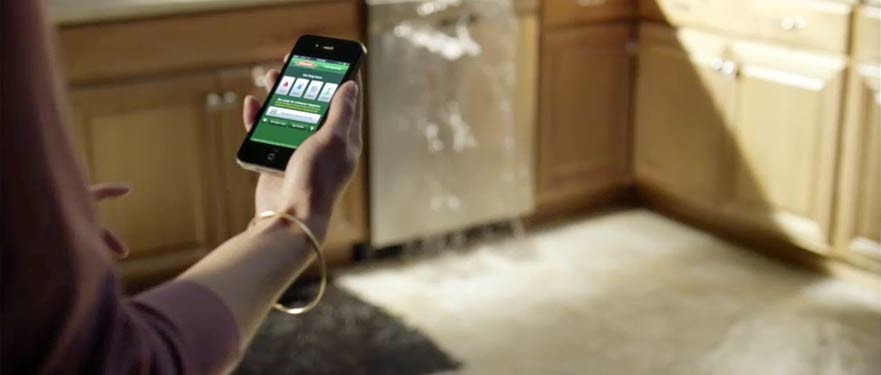
Water Damage Emergency Tips
What you can do until help arrives
Water Tips | Fire Tips | Biohazard Tips | Mold Tips
We care about our clients, and we want you all to take some time and review our essential questions when it comes to primary damage. Primary damage is something you shouldn’t take lightly, and we hope you act fast if you can see apparent damage. There are many factors to consider when dealing with water damage; Is the water contaminated, What is the source, etc.
Those questions should be followed up with ONE, even more critical; Is it safe to be in the home? If your response is a no, then you should leave it immediately. If you don’t see any danger staying at the house, remember that wet materials can be heavy as the water has bonded to many fabrics used on appliances.
Have A Water Damage Emergency? Call (816)224-5300
Have A Water Damage Emergency? Call (816) 224-5300
What To Do After Flooding
- Remove excess water by mopping and blotting.
- Wipe excess water from wood furniture after removal of lamps and tabletop items.
- Remove and prop wet upholstery and cushions.
- Place aluminum foil or wood blocks between furniture legs and wet carpeting.
- Turn air conditioning on for maximum drying in summer.
- Remove colored rugs from wet carpeting.
- Remove art objects to a safe, dry place.
- Gather loose items from floors.
What NOT To Do After Flooding
- Don't leave wet fabrics in place. Hang furs and leather goods.
- Don't leave books, magazines or other colored items on wet carpet or floors.
- Don't use your household vacuum to remove water.
- Don't use television or other household appliances.
- Don't turn on ceiling fixtures if ceiling is wet, and keep out of rooms where ceilings are sagging.



 24/7 Emergency Service
24/7 Emergency Service




